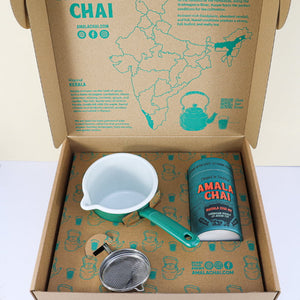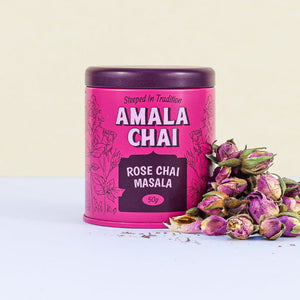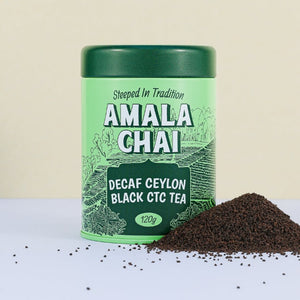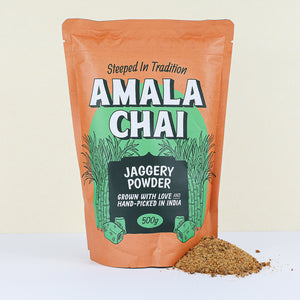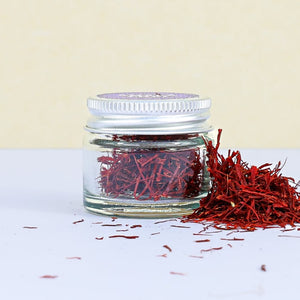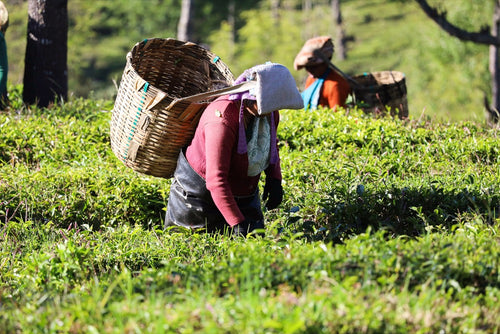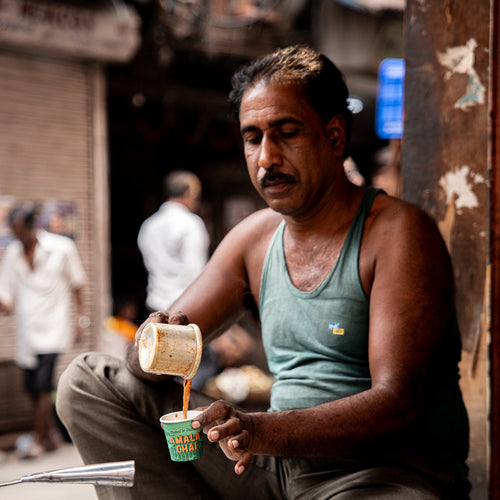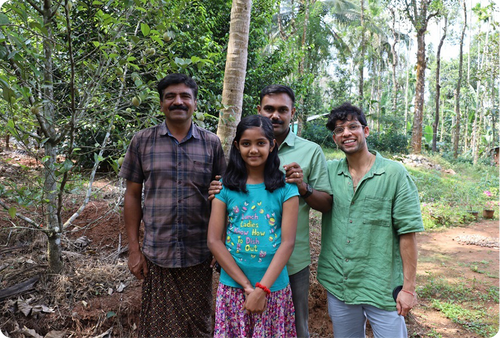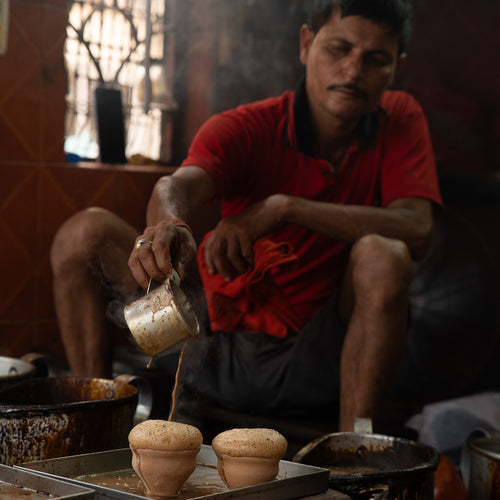For too long, the tea and spice trade has worked against the farmers who make it possible — dominated by middlemen, squeezed prices, and a race for quantity over quality.
When we started Amala Chai, we wanted to do things differently.
We now partner directly with small-scale tea and spice farms across Assam, Kerala, and beyond — building long-term relationships rooted in fairness, transparency, and respect. We pay up to 4x the market rate, source organically where possible, and prioritise quality over volume at every stage.
This means fresher harvests, shorter supply chains, and more of your money going directly to the people behind your brew. It also helps protect both land and livelihood — supporting truly sustainable farming.

